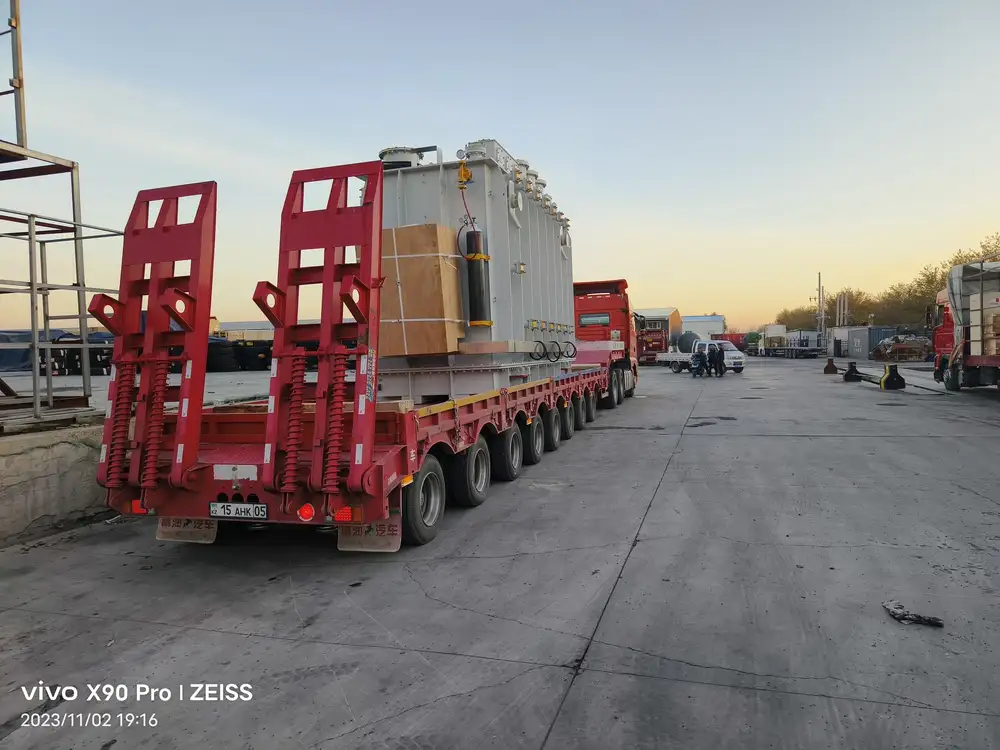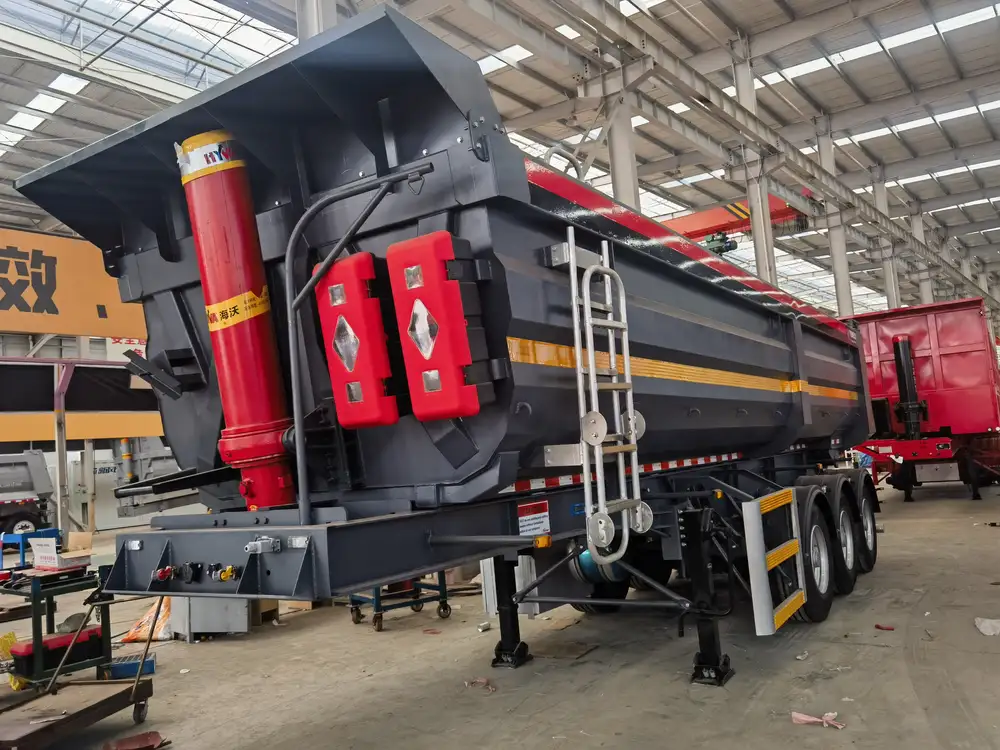Semi flatbed trailers serve as essential vehicles in the logistics and transportation industry. They offer flexibility in transporting a variety of goods such as construction equipment, large machinery, and bulk materials. One of the most critical specifications to consider when investing in or utilizing a semi flatbed trailer is its width. This article examines the standard dimensions and variations in width for semi flatbed trailers, providing insights into regulatory considerations, load capacity, and selection criteria which can significantly influence operational efficiency and compliance.
Standard Width of Semi Flatbed Trailers
Common Dimensions
In the realm of semi flatbed trailers, the standard width is typically 8.5 feet or 102 inches. This width has become a benchmark for most flatbed trailers used on public roads in North America. The 8.5-foot specification provides ample space for the standard cargo while adhering to highway regulations.
| Type of Flatbed Trailer | Width | Notes |
|---|---|---|
| Standard Semi Flatbed | 102 inches | Common for most general hauling needs |
| Extra-Wide Flatbed | 120 inches | Suitable for oversized loads; requires permits |
| Specialized Trailers | Varies | May be wider for specific goods or uses |

Legal Considerations
While 102 inches is the standard width, regulations can vary by state and country. For example, many jurisdictions allow for widths up to 108 inches with special permits. However, anything exceeding this dimension often falls into the category of “oversized loads” and requires adherence to additional regulations, including obtaining special permits and possibly employing pilot vehicles during transport.
Types of Flatbed Trailers and Their Widths
1. Standard Flatbed Trailers
Most semi flatbed trailers used for general freight transport fall into this category. These trailers are versatile and designed to carry a variety of loads efficiently due to their flat loading surface.

2. Drop Deck Trailers
Drop deck or step deck trailers have a lower deck height, enhancing the ability to transport tall cargo while remaining compliant with height restrictions on roadways. The standard width remains at 102 inches, but their unique design allows for taller payloads.
3. Extendable Flatbed Trailers
These trailers are equipped with a mechanism to extend their length, accommodating larger cargo. The width typically remains 102 inches, but the extendability feature adds significant versatility for transporting oversized materials.
| Trailer Type | Width (inches) | Length |
|---|---|---|
| Standard Flatbed | 102 | 48 to 53 |
| Drop Deck | 102 | 48 to 53 |
| Extendable Flatbed | 102 | Up to 80 (extended) |
Importance of Width in Relation to Load Capacity
The width of a semi flatbed trailer directly impacts its load capacity and stability. Understanding this relationship helps ensure you select the right type of trailer for your needs.

Load Distribution
A wider trailer provides a broader surface area for load distribution. This factor is crucial in ensuring that cargo is well-balanced and adheres to weight specifications. Poor load distribution can lead to issues such as sway or tip-over incidents during transit.
Stability Considerations
When transporting heavy machinery or oversized goods, the trailer’s width enhances stability while on-the-road. Wider trailers provide better balance and less likelihood of rolling, particularly in curves or during sudden lane changes.
Considerations for Buying a Semi Flatbed Trailer
When selecting a semi flatbed trailer, width is just one of several factors to consider. Below are other critical considerations to address.

Cargo Type
Identify the types of cargo you plan to transport. In addition to width, consider its height, weight, and dimensions to determine the appropriate trailer style. For instance, tall equipment may require a drop deck trailer, while oversized loads may necessitate an extendable option.
Regional Regulations
Before purchasing, familiarize yourself with local and state regulations regarding trailer widths and permits for oversized transport. Different regions may have varying rules that could directly affect your operation.
Weight Rating Specifications
Evaluate your load requirements against the trailer’s Gross Vehicle Weight Rating (GVWR). Ensure that the selected trailer can safely carry not just the load but also adhere to the weight distribution rules.
| Specification | Definition |
|---|---|
| Gross Vehicle Weight Rating (GVWR) | Maximum weight a trailer can carry, including its own weight. |
| Payload Capacity | Total weight the trailer can safely carry without exceeding the GVWR. |

Trailer Quality and Maintenance
Evaluate the quality of the materials used in the construction of the trailer to ensure durability and longevity. Regular maintenance will be essential in preserving its integrity and performance.
Benefits of Optimal Width Selection
Choosing the right width for your semi flatbed trailer brings forth an array of advantages:
- Regulatory Compliance: Ensures adherence to local and federal regulations, avoiding fines and complications.
- Improved Load Security: A proper width supports secure load placement and reduces the risk of cargo shifts, leading to safer transport overall.
- Versatile Applications: The right width allows for the transport of various cargo types, increasing the utility of the trailer.
Conclusion
In the context of semi flatbed trailers, understanding the nuances of width extends beyond mere numbers. It encompasses crucial aspects such as load capacity, stability, and legal compliance. By adopting a holistic approach—considering the type of cargo, adhering to local regulations, and evaluating weight specifications—you can ensure that your choice of semi flatbed trailer aligns perfectly with operational requirements.
Investing in a quality trailer tailored to your specific needs, while keeping width considerations in mind, sets the foundation for successful transportation endeavors. Whether you are a fleet operator, logistics manager, or owner-operator, grasping these insights empowers you to make informed decisions that optimize your haulage operations, fortifying your place in the competitive transportation landscape.
By ensuring that every aspect of width selection is meticulously examined, you’ll not only meet regulatory standards but enhance the efficacy of your transport operations, thereby fostering growth in your business.



